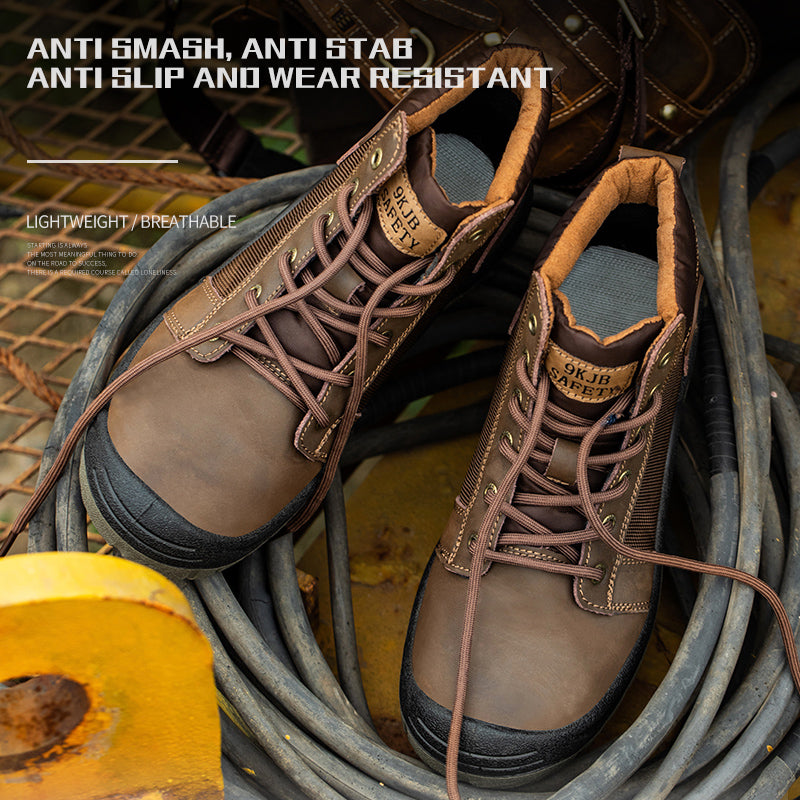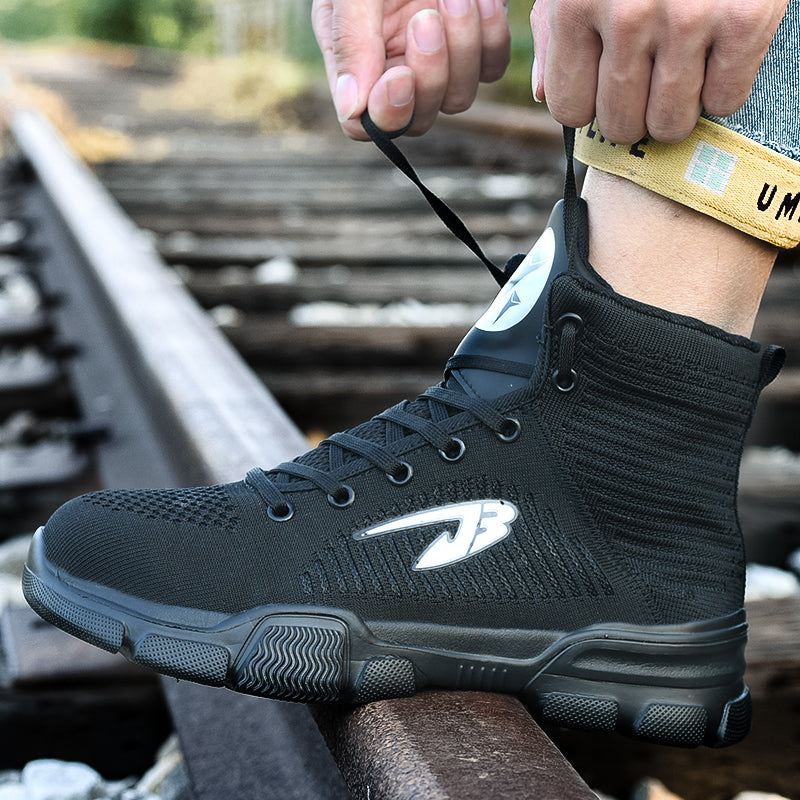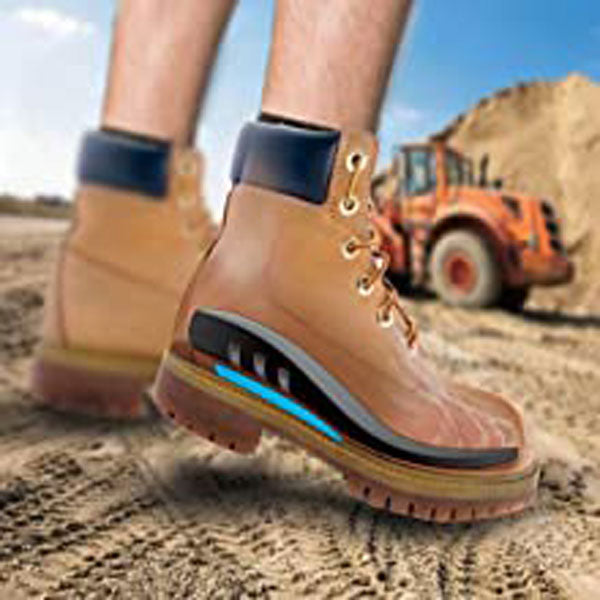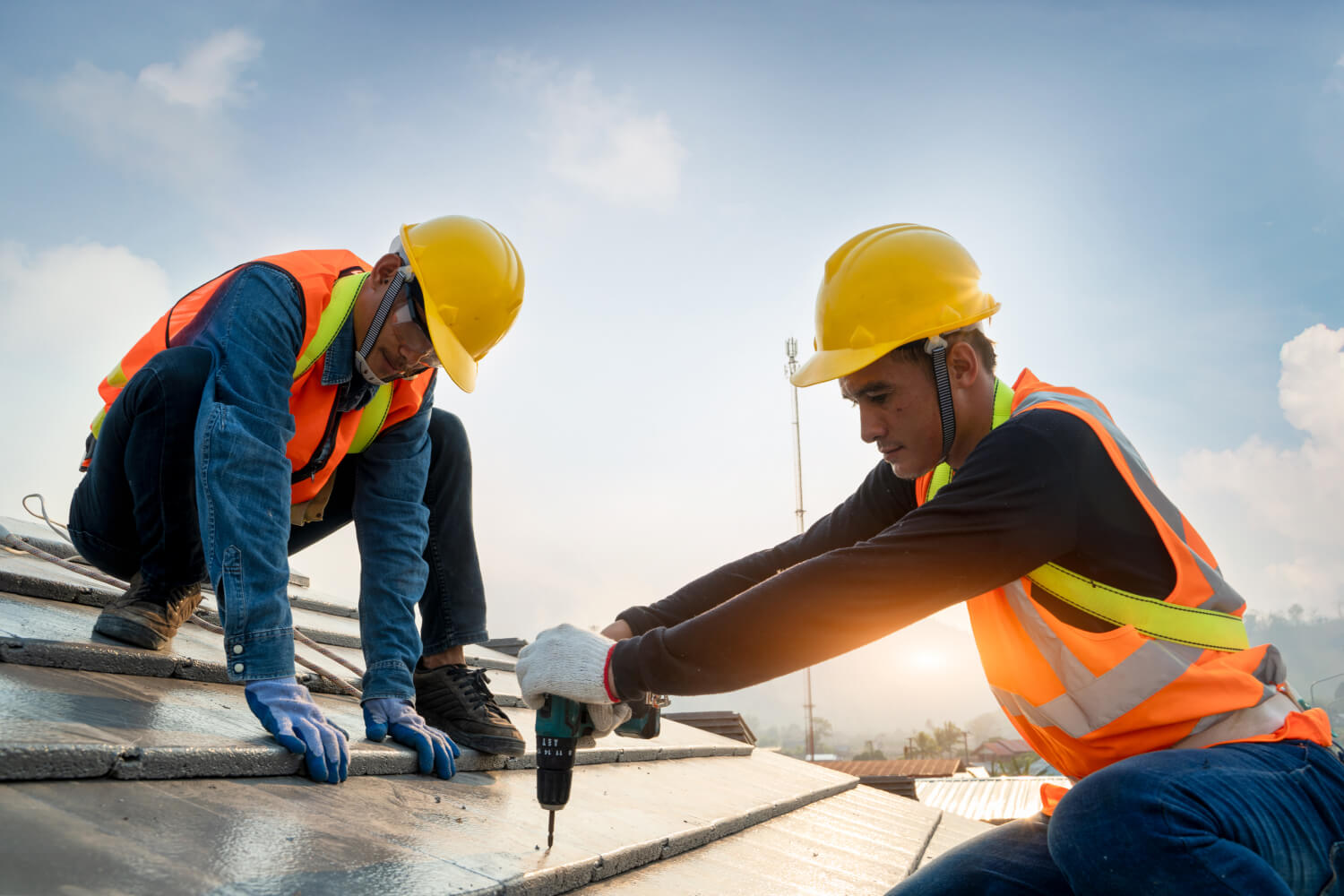When it comes to occupational safety, footwear often takes a backseat in conversations that center around hard hats, safety goggles, and high-visibility clothing. However, safety shoes play an equally crucial role in protecting you against workplace hazards. Just like any other topic surrounded by ignorance or misinformation, safety shoes have their share of myths that can cloud judgment and even jeopardize safety.
In this post, we'll tackle seven common myths about safety shoes and reveal the facts that you might not have considered.
Myth 1: All Safety Shoes Are Uncomfortable

Reality: Modern safety shoes are engineered to be both protective and comfortable. Advances in material science and ergonomics have led to safety shoes that offer ample cushioning, breathable fabrics, and foot arch support, making them comfortable for long-term wear.
Myth 2: They're Too Expensive for What They Do

Reality: When you think about the potential medical costs related to foot injuries or other workplace accidents that good safety footwear can prevent, the initial cost of a quality pair of safety shoes is a wise investment. Additionally, quality safety shoes tend to be durable, which means you won’t have to replace them as frequently as cheaper alternatives.
Myth 3: If the Shoe Fits, It's Good Enough

Reality: A good fit is essential but not the sole criterion you should consider. Safety shoes come with various features like steel toes, puncture-resistant soles, or insulation against electrical hazards. Your work environment should dictate the type of safety shoe you pick. A snug fit is not a substitute for specialized protective features.
Myth 4: Safety Shoes Are Only for Industrial Jobs

Reality: While it’s true that safety shoes are a staple in construction, manufacturing, and similar industries, they are also beneficial in retail, healthcare, and other sectors where workers stand for long periods or face hazards like falling objects and slippery floors.
Myth 5: All Safety Shoes Look Bulky and Ugly

Reality: Gone are the days when safety shoes were monolithic, cumbersome beasts.
Contemporary designs incorporate sleek, modern aesthetics without compromising on safety features. You can easily find safety shoes that look like regular athletic shoes or formal wear here.
Myth 6: Safety Shoes Don't Require Maintenance

Reality: Safety shoes are not a ‘buy and forget’ item. Regular inspection for wear and tear, especially on the sole and protective components, is vital. Periodic maintenance, like cleaning and applying water repellent, can extend the life of your safety shoes.
Myth 7: The Heavier the Shoe, The Better the Protection








